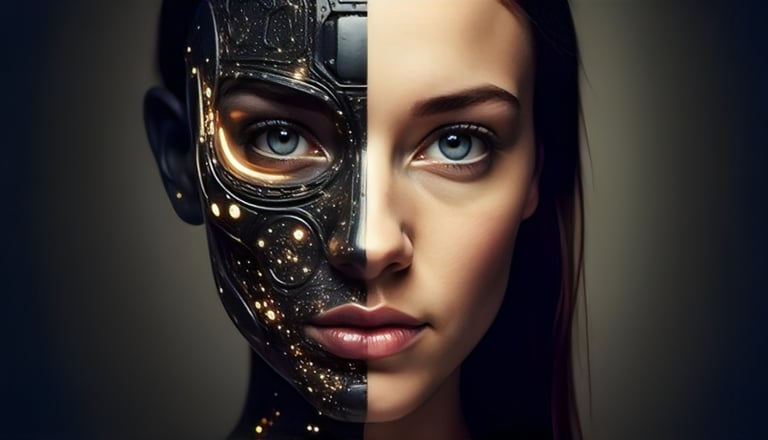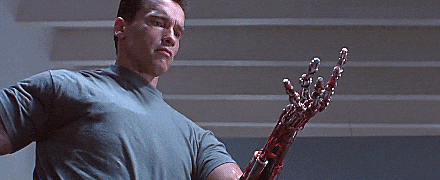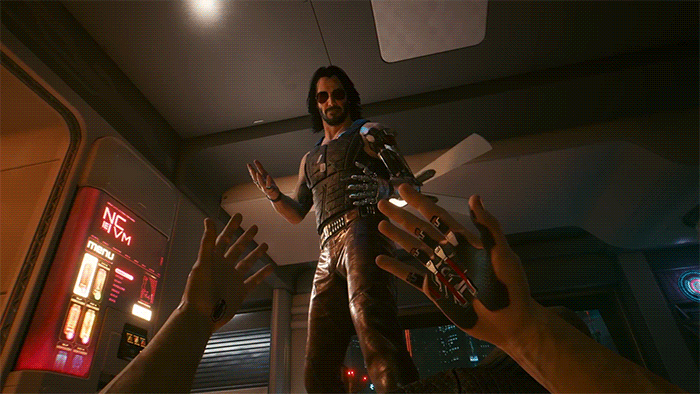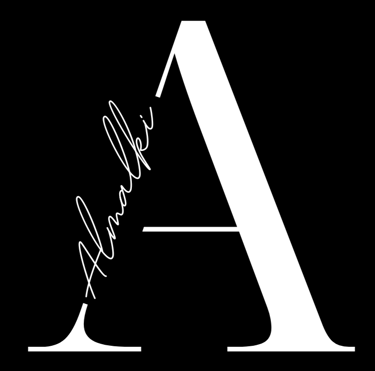B2: Assessing Writing in the Age of AI: Challenges for Educators
GENAI BLOGS


Some see creativity as the act of generating novel ideas, while others argue that it involves connecting existing knowledge to create something new. If, as Csikszentmihalyi suggests, creativity requires paradigm shifts, then most of what we call "creative" might fall short.
I’ve always found it bold when people claim that
the language they produce is truly original. Most of
what we say or write is a reconfiguration of things
we’ve read or heard before. If creativity is merely
making unfamiliar connections from familiar ideas,
how different are we from AI, which also generates
new outputs by linking existing data?
Similarly to generative AI, Machine Translation (MT) challenges the notion of originality. MT quickly produces texts in multiple languages by recognizing and connecting linguistic patterns. However, it lacks the ability to understand context, nuance, or social dynamics (Hutchins, 2005). While MT mirrors the technical process of translation, it cannot replicate the human experiences that shape language use (yet!).
These tools present real challenges for educators. How can we identify AI-generated texts? How can we ensure that students are genuinely doing the work? To address these questions, I propose several assessment approaches to navigate the complexities of authorship and creativity in the age of AI.
Suggestions for Educators
Process-based Assessment
Focus on the writing process, not just the final product. Require students to submit brainstorming notes, outlines, and drafts to demonstrate their thought process and the development of ideas. This helps distinguish between human and AI contributions.
Metalinguistic Reflections
Ask students to include reflective essays explaining their writing choices and how they incorporated AI tools (if they did). This encourages critical thinking about their writing process and promotes transparency in AI use.
Human and AI Collaboration
This approach encourages students to use AI
to co-create texts. For instance, AI can help with
some stages of writing such as outline and revision,
while students brainstorm and write the texts.
Oral Presentation of Written Work
Incorporate oral presentations where students explain their work. This can help educators measure students' understanding of the topic and gauge their performance in relation to their writing.
Collaborative Rubrics
Similarly to what we did in class, co-create rubrics with students to define ethical and acceptable AI use. By involving students in this process, educators can set clear expectations and promote a shared understanding of ethical and acceptable AI use.
Do you think humans are truly original, or are we just better at making connections? How should educators adapt to these changes? I'd love to hear your perspectives below.




